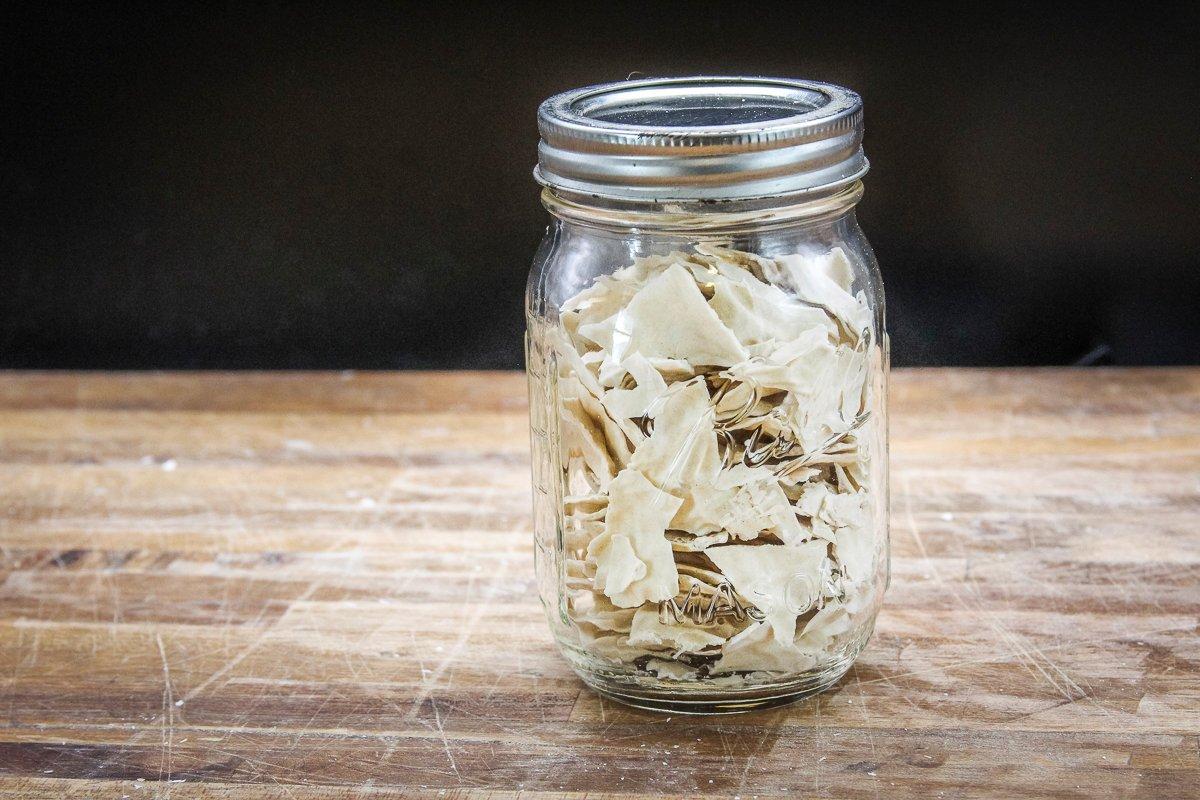Learn how to protect and store this precious commodity so future generations can enjoy
A good sourdough starter is a valuable thing to have around. So valuable, in fact, that starters have been kept alive and passed down through multiple generations of the same family. That might not sound like a big deal until you stop to consider that the same starter some families are using and feeding today was also used and fed by multiple great grandparents.
A starter that meaningful needs to be protected. Since a starter's active components can die if they are aren't maintained, it's a good idea to keep a bit of your starter in storage in case something happens to your main starter.
The two best ways to store starter for the long term are either frozen or dried. To freeze, simply place 1 cup of the starter in a freezer bag or small plastic container. Squeeze out excess air if using a bag. Freeze the starter. To use, simply thaw the starter at room temperature and start the feeding process again.
While frozen starter usually comes back to life quickly after thawing, sometimes you need to keep one alive without electricity. Say you want to send some to a friend through the mail. When that is the case, dehydrating your starter is the way to go.
To dry your starter, feed it like you would for baking. Split the discarded portion into two halves and spread each into a very thin layer on parchment paper. Leave the starter out on the counter at room temperature until it is completely dry and brittle. In a hot, dry climate, this might only take a day. In a cool or humid location, it might take 3 to 4 days. You can speed the process by using your Weston Realtree dehydrator on the lowest temperature setting.
Once the starter sheets are dry, peel it away from the parchment and break the starter into tiny pieces and store in an airtight jar or vacuum seal. Label the package with a date and store in a cool, dark place. Sourdough starter preserved this way can stay shelf stable for years.
To reactivate, place a third of a cup of the chips in a glass container, add 1/4 cup lukewarm water, and stir to moisten the chips. Set the container on your counter and give it an occasional stir over the next three hours. Once the mixture is smooth, give it 1/4 cup of all-purpose flour. Stir well and place in a warm spot for 24 hours or until it starts to bubble.
At this point, feed it an ounce each of all-purpose flour and lukewarm water and return to a warm spot. After eight hours or so, it should be bubbling. Repeat with another ounce each of flour and water feeding. After another 12 hours or so, the starter should be ready to resume a regular feeding schedule. To 1/2 cup of the active starter, feed 1 cup of flour and 1/2 cup lukewarm water. Your starter is ready to start feeding and baking with on a regular schedule at this point.
One of the most rewarding parts of keeping a sourdough starter is being able to share it with friends so they can enjoy baking with it. Whether you choose to freeze or dehydrate your extra starter, keeping several extra batches on hand comes in handy. Once people sample your sourdough bread, muffins and other baked goods, it's a sure bet that they are going to want a starter of their own.











